Euthanasia has always been a very controversial subject in India, with courts not allowing the patients to choose their end on their own terms.
For a long time, the Centre had been against the idea of a ‘living will’ and made no moves to recognize it as a legal thing. Earlier, while it was allowed for a patient to be taken off life support or such devices that kept their cardio-pulmonary functions working even if they were brain dead, the authority was only given to a team of doctors instead of the physician treating the person.
The argument against accepting passive euthanasia or ‘living will’ was that a patient was not an objective or sound party to be making a decision on whether or not to remove artificial support. Given a patient’s limited knowledge of medical advancements, it was feared that they might not make the correct decision.
However, in a landmark judgement on Friday, 9th March 2018, the Supreme Court of India not only allowed the removal of life support for patients who are suffering from incurable comas or are terminally ill, but also recognized the concept of ‘living will’.
Here we take a look at some of the main points of this decision, what it means, what does passive euthanasia means, its future impact and more:
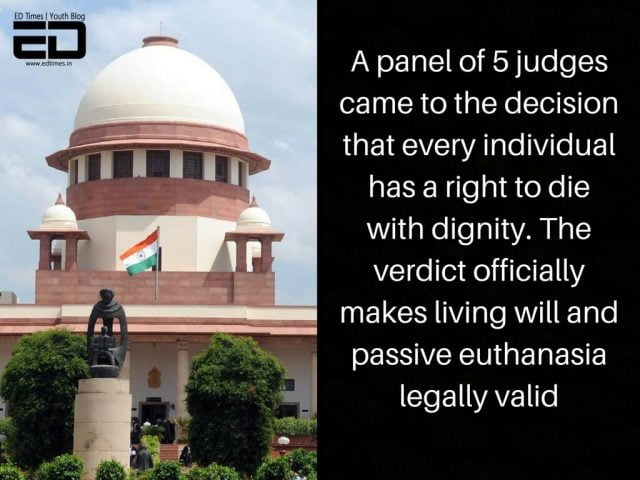


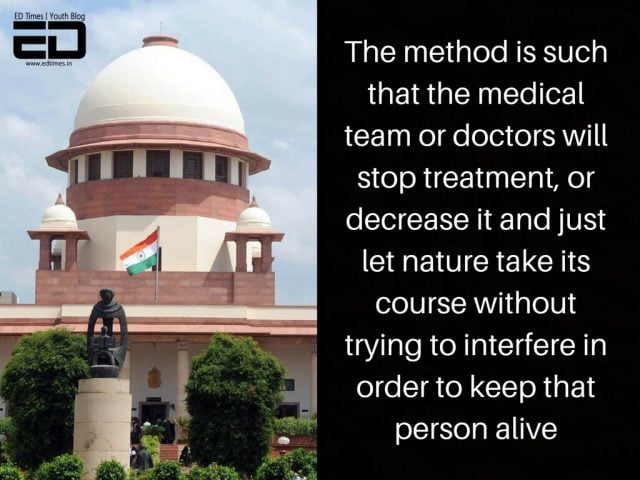
Read More: What Is The Superbug Crisis And Why India Is To Blame?
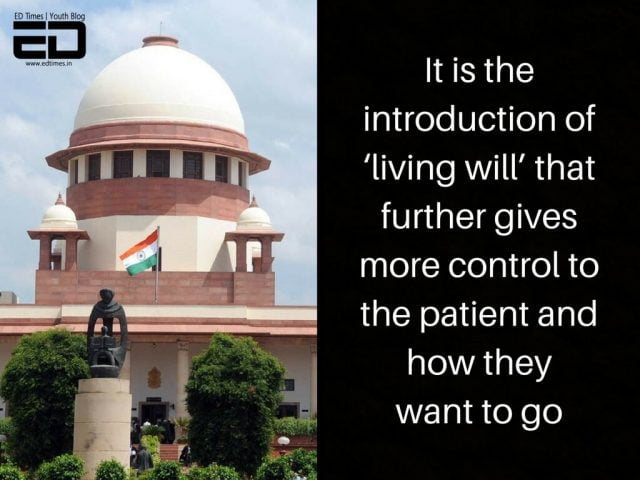

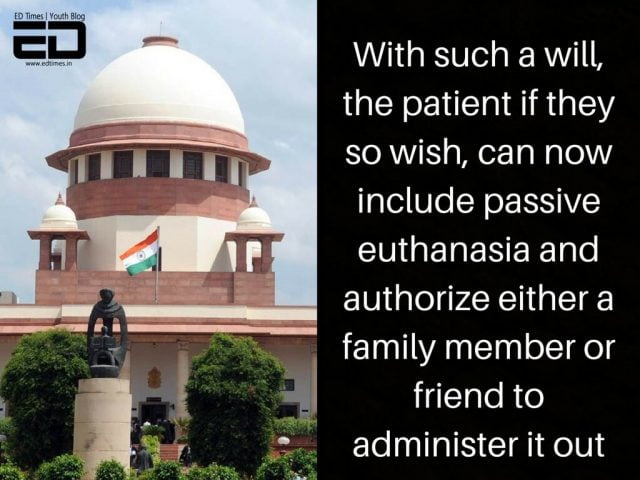
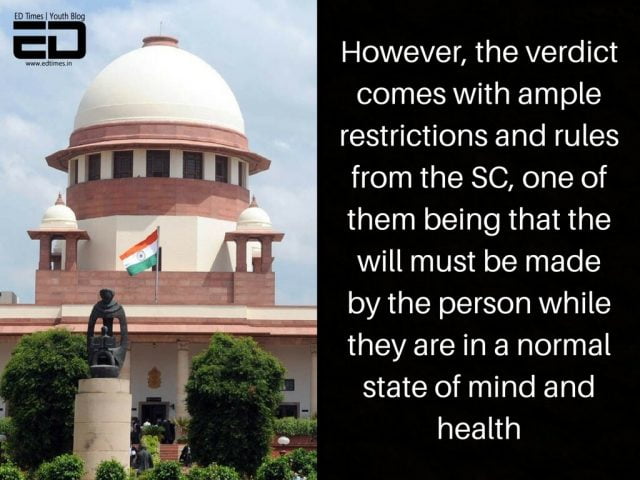
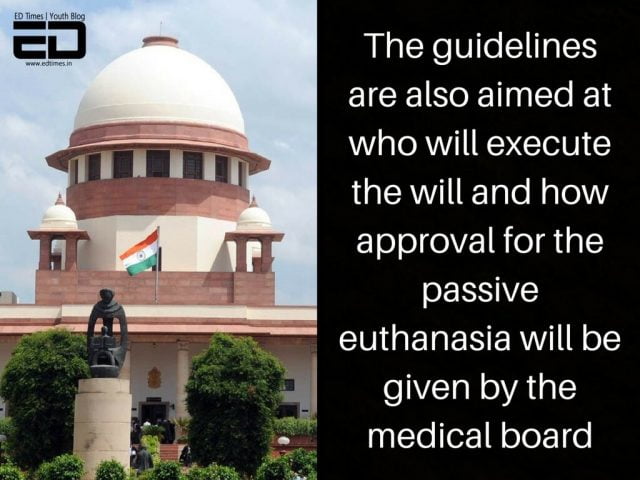
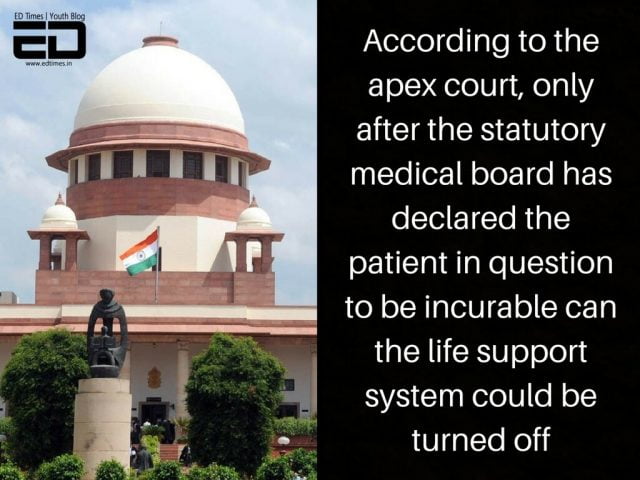
Prashant Bhushan, the Supreme Court lawyer who filed the petition on NGO Common Causes’ behalf, said that “this is an important, historic decision, which clears the air.” He further added that “everybody will breathe a sigh of relief, because people were earlier apprehensive that if they withdrew life support, they could be prosecuted for culpable homicide.”
Image Credits: Google Images
Sources: Business Standard, Hindustan Times, Economic Times
Other Recommendations:
http://edtimes.in/2018/03/will-the-national-medical-commission-bill-2017-make-medical-education-expensive-and-for-rich-students-only/





























